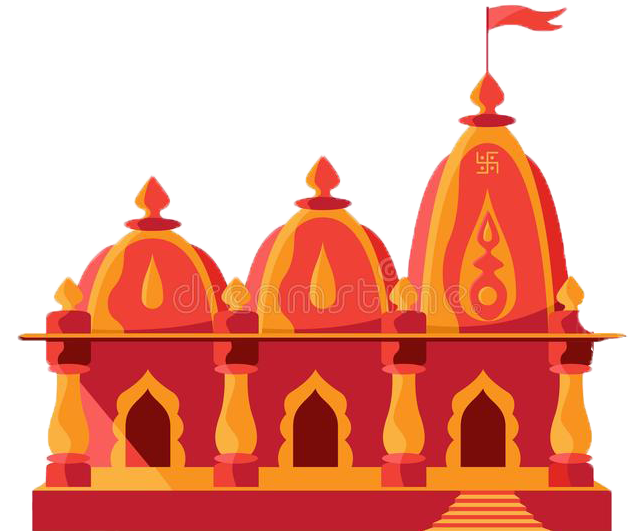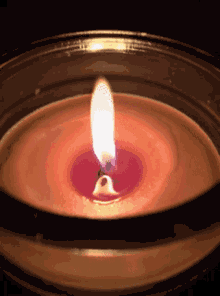Dress Code
Entry Restrictions
Parking Facilities
Security and Surveillance
Introduction and History in Brief
Dedicated to Lord Shiva, Pashupatinath is one of the four most important religious sites in Asia for devotees of Shiva. Built in the 5th century and later renovated by Malla kings, the site itself is said to have existed from the beginning of the millennium when a Shiva lingam was discovered here.
Devotees at the evening Aarati by the Bagmati River at Pashupatinath Temple, Kathmandu, Nepal.
Cremation of Hindus take place on raised platforms along the river. The inner sanctum has a Shiva lingam and facing the temple sits the largest statue of Nandi the bull, the vehicle of Shiva. There are hundreds of Shiva lingamswithin the compound. The big Maha Shivaratri festival in spring attracts hundreds of thousands of devotees from within Nepal and from India. Further east before the Bagmati reaches Pashupati is the temple of Guheshwori dedicated to Shiva’s consort Sati Devi.
Visit Pashupatinath for an unmatched mix of religious, cultural and spiritual experiences. Located 3 km northwest of Kathmandu on the banks of the Bagmati River, the temple area also includes Deupatan, Jaya Bageshori, Gaurighat (Holy Bath), Kutumbahal, Gaushala, Pingalasthan and Sleshmantak forest. There are around 492 temples, 15 Shivalayas (shrines of Lord Shiva) and 12 Jyotirlinga (phallic shrines) to explore.
Devotees bathing by the Bagmati River on the banks of the Pashupatinath Temple in Kathmandu, Nepal.
There are several complex stories involving the origins of Pashupatinath. One story goes, in brief, that Shiva and Parvati came to the Kathmandu Valley and rested by the Bagmati while on a journey. Shiva was so impressed by its beauty and the surrounding forest that he and Parvati changed themselves into deer and walked into the forest. Many spots in the Kathmandu Valley have been identified as places where Shiva went during his time as a deer. After a while, the people and gods began to search for Shiva. Finally, after various complications, they found him in the forest, but he refused to leave. More complications ensued, but ultimately Lord Shiva announced that, since he had lived by the Bagmati river in a deer’s form, he would now be known as Pashupatinath, Lord of all animals. It is said that whoever came here and beheld the lingam that appeared there would not be reborn as an animal.
Important News Related to Temple
Manyatas
Pashupatinath Temple is one of the seven UNESCO Cultural Heritage Sites of the Kathmandu Valley. It is also a cremation site where the last rites of Hindus are performed. The rituals of cremation is not for the faint hearted; still visitors are seen watching curiously from across the river from the hillside. Visit Pashupatinath Temple for an out-of-this-world experience.
Architecture
The largest temple complex in Nepal, it stretches on both sides of the Bagmati River which is considered holy by Hindus. The main pagoda style temple has a gilded roof, four sides covered in silver, and exquisite wood carvings. Temples dedicated to several other Hindu and Buddhist deities surround the the temple of Pashupatinath.
Temple Photos
Videos from YouTube
Presiding Deity
Bhagwan Shiva🙏❤️
Weapons of Bhagwan Shiva
Be A True Devotee
Worship your Isht in your tradition .
But a passive worship is a total waste of your time and energy .
For True Worship ,a devotee MUST master the use of weapons the Deity bears.
The weapons of Bhagwan Shiva are Trishula (Trident), Pashupatastra, Parashu-Axe, Pinaka bow.
Remember, for a Sanatani, Shastra (Weapon) and Shaastra (Holy Book) go together 🙏
Always carry the weapons of respective deity like Gada,Sword and Trishula.
How to use? Where available? Legal issues?
Email us at <mandirdarshan.org@gmail.com>
Timing
All days of the week
4:00 AM – 7:00 PM
No entry fee!
Aarti Timing
Pashupatinath is also one of the few living cultural heritage sites in the world. Unlike other cultural sites or museums, Pashupatinath is the centre of energy with active participation of people at all times of the day, every day. The daily rituals of Pashupatinath Temple are as follows:
- 4:00 am: West gate opens for visitors.
- 8:30 am: After arrival of Pujaris, the idols of the Lord are bathed and cleaned, clothes and jewelry are changed for the day.
- 9:30 am: Baal Bhog or breakfast is offered to the Lord.
- 10:00 am: Then people who want to do Puja are welcomed to do so. It is also called Farmayishi Puja, whereby people tell the Pujari to carry out a special Puja for specific reasons. The Puja continues till 1:45 pm in the afternoon.
- 1:50 pm: Lunch is offered to the Lord in the main Pashupati Temple.
- 2:00 pm: Morning prayers end.
- 5:15 pm: The evening Aarati at the main Pashupati Temple begins.
- 6:00 pm onward: In recent times the Bagmati Ganga Aarati that is done by the banks of the Bagmati has been gaining popularity. There are larger crowds attending on Saturdays, Mondays and on special occasions. Ganga Aarati along with Shiva’s Tandava Bhajan, written by Ravana, is carried out during the evening Ganga Aarati.
- 7:00 pm: Doors close.
Apart from the daily rituals, special observed are plotted during special dates of the lunar calendar.
Basic Facilities
Activities
Festivals
Every year all major festivals are celebrated in the temple. it goes like this :-
Mahashivratri
Diwali
Holi
Ramnavami
Navratris
Durga Pooja
Pashupati Nath Pooja Divas
Temple Anniversary
Basant Panchami etc..
Famous Temples Nearby
Budhanilkantha.
Guhyeshwari Temple. Visit the 7th-century Hindu shrine renowned for its religious and architectural heritage.
Doleshwar Mahadev. Visit Doleshwar Mahadev Temple in Bhaktapur, the head of Kedarnath in India.
Shankaracharya Math
Kirateshwar Mahadev
Jayabageshwori Temple
Manakamana Mandir
Venkatesh Mandir Devasthan etc..
Near by Shops & Markets
Nearby Dharamshalas
👉Click HERE to look upon dharamshalas nearby near Temple.
Hotels near Temple
Restaurants near Temple
Nearby Hospitals
Concerned Police Stations
Address: P83M+H3W, Kathmandu 44600, Nepal
Managment Commity
Miscellaneous information
Legal information
Facilities to hold Functions
Library
Akharas
Mehants, Pujaris, Archakas and Sewayats
Gau Sewa, Birds and otheranimals Sewa
Langar Sewa
Gurukul/Vedic Pathshalas
Mitra Mandal Link for Advice/Guidance*
Modes of Travel
By Air
The best way to reach The temple from India is by catching a flight to Kathmandu, and then taking a prepaid taxi or a local one to the temple. Besides that, if you want to know how to reach Pashupatinath Temple via other transport mediums…
By Train
One can also reach there by and train while taking a one-stop route. Located at a distance of around 5 km to the north-east of Kathmandu city in its eastern part on the banks of the Bagmati River, this temple can also be visited via bus from Indian cities like Gorakhpur or Varanasi, which are located close to the Nepalese border, Sunauli. It takes around 30 hours by bus to complete the journey. Apart from that,
By Road
One can also take the train route, though it is not quite feasible. As there is no direct train to reach Kathmandu from India, one can choose to travel to Janakpur in Nepal from Jainagar in India. Once in Kathmandu city, it is only a six hours taxi drive to the entrance of Pashupatinath Temple.
Visitors’ views about the Temple
Address for Visiting and Donation Purpose
Pashupati Nath Road 44621, Kathmandu 44600, Nepal
📞 +977 1-4470340



